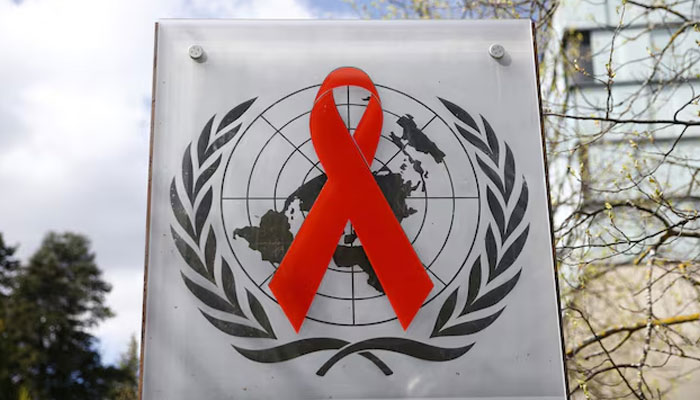

- Women, girls lack access to prevention, treatment, warns report.
- Children 14, younger account for 12% of AIDS-related deaths in 2023.
- Report says around 1.3 million people contracted disease last year.
The United Nation's children's fund raised the alarm on Friday over the high rate of new human immunodeficiency virus (HIV) infections among young women and girls, warning they lacked access to prevention and treatment.
In a report ahead of world acquired immune deficiency syndrome (AIDS) day on Saturday, the United Nations International Children's Emergency Fund (UNICEF) said that 96,000 girls and 41,000 boys aged 15-19 were newly infected with HIV in 2023, meaning seven out of 10 new adolescent infections were among girls.
In sub-Saharan Africa, nine out of 10 new HIV infections among 15-19 year-olds were among girls in the most recent period for which data is available.
"Children and adolescents are not fully reaping the benefits of scaled up access to treatment and prevention services," said UNICEF associate director of HIV/AIDS Anurita Bains.
"Yet children living with HIV must be prioritised when it comes to investing resources and efforts to scale up treatment for all, this includes the expansion of innovative testing technologies."
As many as 77% of adults living with HIV have access to anti-retroviral therapy, but just 57% of children 14 and younger, and 65% of teenagers aged 15-19, can obtain lifesaving medicine.
Children 14 and younger account for only 3% of those living with HIV, but accounted for 12% — 76,000 — of AIDS-related deaths in 2023.
Around 1.3 million people contracted the disease in 2023, according to a report from the UNAIDS agency.
That is still more than three times higher than needed to reach the UN's goal of ending AIDS as a public health threat by 2030.
Around 630,000 people died from AIDS-related illnesses last year, the lowest level since a peak of 2.1 million in 2004, the report said ahead of World AIDS Day on Sunday.
Much of the progress was attributed to antiretroviral treatments that can reduce the amount of the virus in the blood of patients.
Out of the nearly 40 million people living with HIV around the world, some 9.3 million are not receiving treatment, the report warned.











